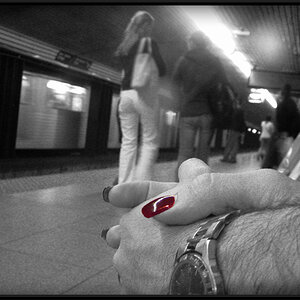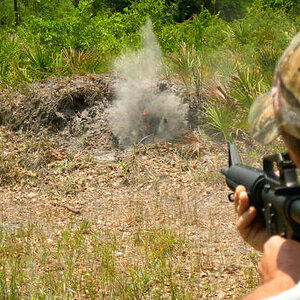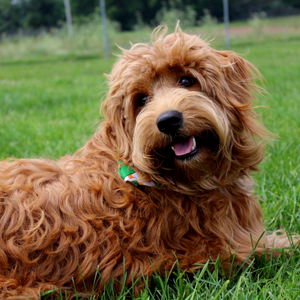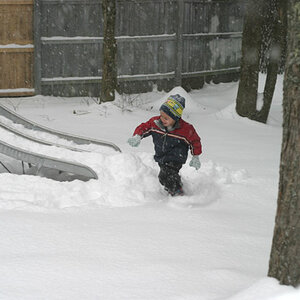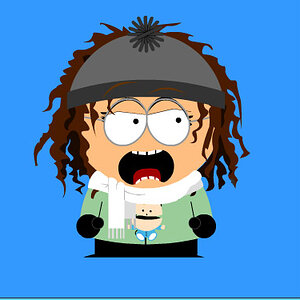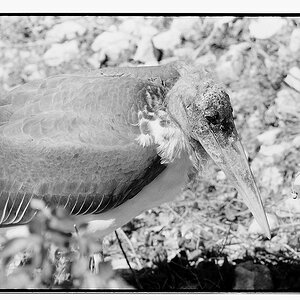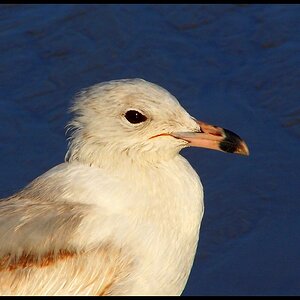stephensphotos
TPF Noob!
- Joined
- Dec 24, 2012
- Messages
- 4
- Reaction score
- 1
- Location
- Cape Town
- Can others edit my Photos
- Photos NOT OK to edit
I have recently written an article that explains hyperfocal distance, and how to calculate what your hyperfocal distance would be for your situation. As well as a more useful use for this kind of information: I show you how to calculate what your focus distance and aperture should be in order to cover the entire object you're photographing with your depth of field.
Ok.., right, sorry. Let me do some copying and pasting then, so that you can access the information the link would have led you to. I've skipped the hyperfocal distance story because you can find that info anywhere on the net, but I've included the part that I really struggled to find on the net, so I think this info would be the most interesting
So sorry.
-----------------------------------------------------------------------------------------
<tbody>
</tbody>
Ok.., right, sorry. Let me do some copying and pasting then, so that you can access the information the link would have led you to. I've skipped the hyperfocal distance story because you can find that info anywhere on the net, but I've included the part that I really struggled to find on the net, so I think this info would be the most interesting
So sorry.
-----------------------------------------------------------------------------------------
<tbody>
</tbody>
Attachments
Last edited:



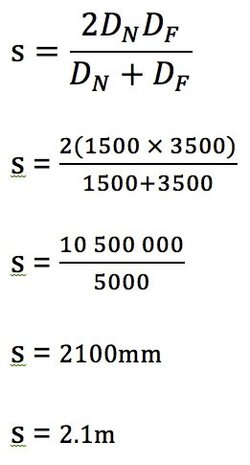




![[No title]](/data/xfmg/thumbnail/32/32719-7d42e7d7077540fabb3fa0275a99899a.jpg?1619735625)
